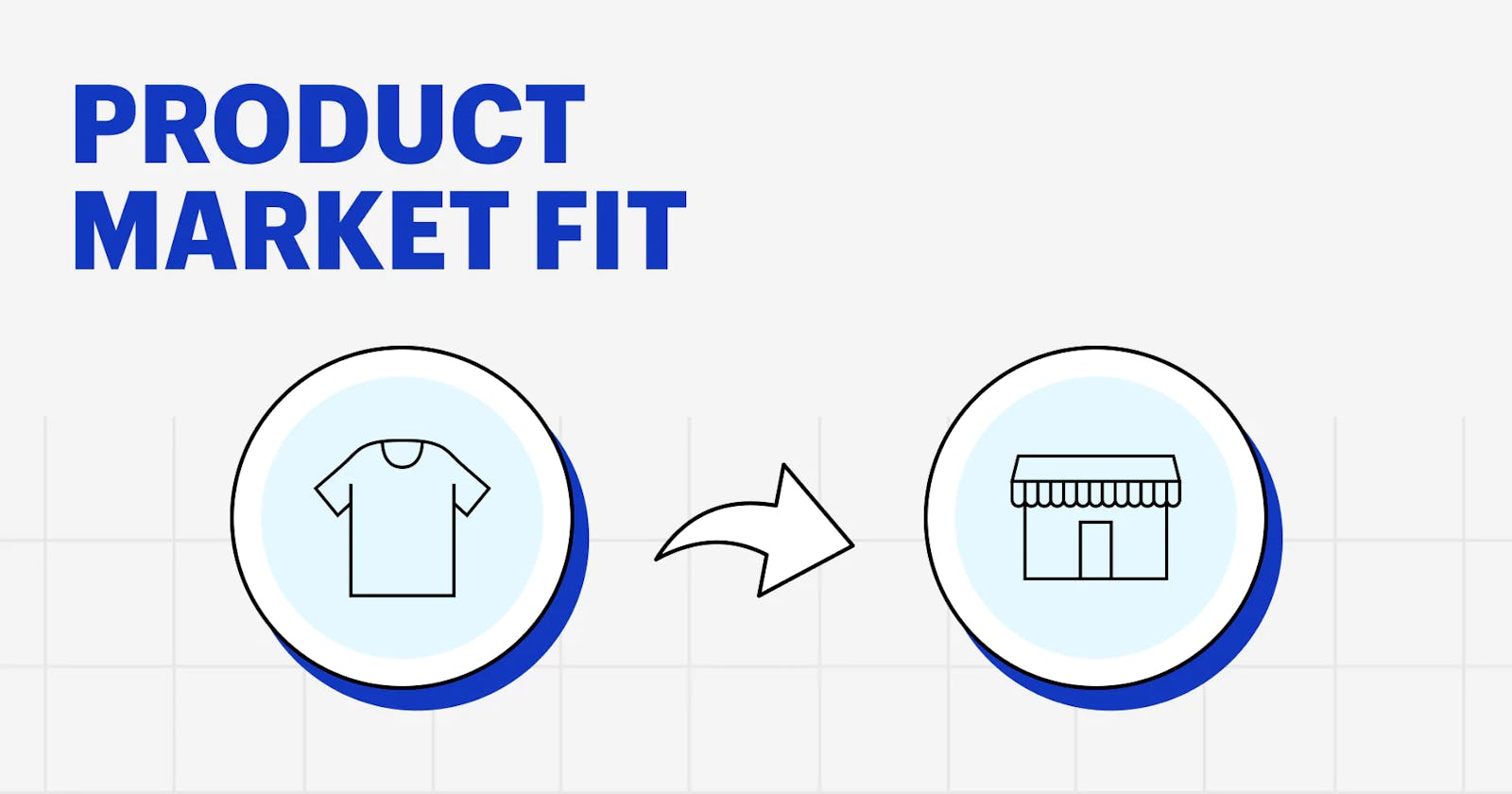Product-market fit is a critical concept in the startup ecosystem, often acting as a make-or-break factor in the success of a new product or service. But what exactly is it, and why is it so pivotal? Let's explore this concept through a blend of insights from industry leaders, real-world examples, and a touch of imaginative analogy.
Understanding Product-Market Fit: The Puzzle Paradigm
Imagine you're assembling a puzzle. Each piece represents different aspects of your product: features, user experience, pricing, marketing, and more. The picture you're trying to complete? That's the market – your target audience with its specific needs, desires, and problems. Achieving product-market fit is akin to completing this puzzle where every piece fits perfectly, creating a coherent, appealing image.
The Ingredients of Product-Market Fit
Customer Needs: At its core, product-market fit revolves around understanding and meeting customer needs. It's about developing a product that solves real problems or fulfills genuine desires in the market.
Value Proposition: A strong value proposition is essential. It's what differentiates your product in a crowded marketplace and articulates why customers should choose it over alternatives.
User Experience: The experience of using the product must be intuitive and delightful. A great product that’s cumbersome to use can struggle to achieve market fit.
Scalability: The product should not only satisfy early adopters but also have the potential to appeal to a broader audience as it scales.
Feedback Loop: Continuous feedback from early users is crucial. It helps refine the product, making it more attuned to market needs.
Real-World Examples
Airbnb: Initially, Airbnb struggled to gain traction. It was only after the founders understood their market - budget-conscious travelers looking for unique, local experiences - and revamped their offerings that they achieved product-market fit.
Slack: Slack transformed from a gaming company's internal communication tool into a global messaging platform. They achieved product-market fit by focusing on what users loved: a simple, efficient way to communicate at work.
The Journey to Product-Market Fit
Market Research: Understand the market by conducting thorough research. Identify the target audience, their problems, and how your product can solve these problems.
MVP Development: Create a Minimum Viable Product (MVP). It should have enough features to attract early adopters and gather valuable feedback.
Iterate Relentlessly: Use feedback to refine the product. This iterative process is critical in inching closer to the perfect market fit.
Scale Strategically: Once fit is achieved, focus on scaling. This involves marketing, expanding the product line, or targeting new demographics.
Challenges and Considerations
Avoiding the 'Feature Creep': Adding too many features can dilute the product’s value proposition.
Market Dynamics: Markets evolve, and what fits today might not fit tomorrow. Continuous innovation is key.
Balancing Vision and Feedback: While customer feedback is vital, it's also important to balance it with the original vision for the product.
Achieving product-market fit is not a one-time event but a continuous quest. It's a dynamic process that evolves with market trends, customer preferences, and technological advancements. For startups and established companies alike, understanding and striving for product-market fit can be the difference between flourishing and floundering in the ever-changing business landscape.
